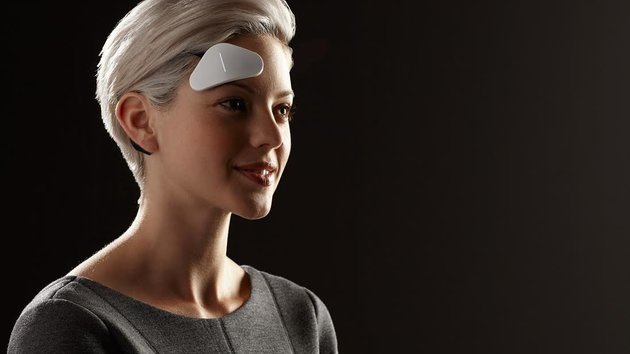Roi Cohen Kadosh is a leading non-invasive brain stimulation researcher. (Also elsewhere on the blog)
A new line of research opens the possibility of modulating and enhancing human cognition using mild and painless transcranial electrical stimulation (tES), which includes transcranial direct current stimulation (tDCS), transcranial alternating current stimulation (tACS) and transcranial random noise stimulation (tRNS). Such initial findings trigger excitement as well as scepticism. The current review aims to provide a guideline for those who are interested in expanding their research into this field. I will therefore discuss: (1) the principles of tES and its putative mechanisms; (2) its potential to modulate and enhance cognitive abilities; (3) the misconceptions on which scepticism about this method is based; and (4) possible directions for the advancement of this field in which psychologists in general and cognitive psychologists in particular should in my view play a key role. I will conclude that this nascent field, which has been neglected by psychologists, requires their contribution in order to lead to basic and translational advancements on human behaviour.
And another excerpt around the hot topic of ‘transfer’… Basically, that it’s difficult to measure (positive effects of stimulation leading to enhanced intelligence) when we’re not even sure what cognition means.
Transfer effects
Another closely related issue in cognitive enhancement and training is the issue of transfer (Taatgen, 2013). Currently, there is mixed evidence from tES-paired training studies of transfer of tES-training benefits to another task. One of the issues regarding this lack of consistency is the difficulty of selecting appropriate training and transfer tasks, and this in my view is often due to a difficulty in identifying which cognitive functions and brain regions are activated by the specific training material. In other words, the constraint might not be due to the limited potential of tES to induce transfer, but due to suboptimal experimental design. This drawback is not limited to tES, but is a generic problem in the field of rehabilitation and cognitive enhancement (Cohen Kadosh, 2014). Indeed, some studies have shown that tES can even further increase the chance of transfer in paradigms that have struggled to show transfer without stimulation (Cappelletti et al., 2013; Looi, Duta, Huber, Nuerk, & Cohen Kadosh, 2013). Further studies are needed to examine the multifaceted issue of transfer effects, and their possible enhancement using tES. However, in order for such knowledge to progress, a better understanding of the cognitive mechanisms involved is necessary (Taatgen, 2013).
via Taylor & Francis Online :: Modulating and enhancing cognition using brain stimulation: Science and fiction – Journal of Cognitive Psychology – Volume 27, Issue 2.
direct pdf download



